Cryptocoryne spiralis ,the Spiral Water Trumpet is a highly variable species native to India. Some varieties of this species have been shown to be very good, robust aquarium plants that are almost never affected by the dreaded Cryptocoryne rot. Dennerle’s Cryptocoryne spiralis has long, narrow, somewhat wavy leaves with a brownish hue. Cryptocoryne spiralis can be used in the same manner as C. crispatula var. balansae, and is best suited for use in the mid- to background of medium-sized tanks. It has no special requirements and grows well in medium hard water, but it benefits from a nutrient-rich substrate and at least moderate lighting.
Crypt Spiralis is a lovely mid- or background plant that is popular among aquarium enthusiasts. It was one of the first aquarium plants to be cultivated. C. Spiralis’s popularity stems from its ease of cultivation, and the loose corkscrew shape of its long, reed-like leaves with a hammered texture make an intriguing backdrop or accent plant. Plants with high light will have more colour.
Once planted, Cryptocoryne prefers not to be moved. If at all possible, avoid moving them. Make no drastic changes to the aquarium. Unstable parameters will cause the aquarium plant to melt and rot. Better growth will result from CO2 injection and high-quality aquarium soil.
How tall can crypt spiralis grow?
Medium rate of growth 8-15+ cm in height Demand for light is low. CO2: Low.
Is substrate required for Cryptocoryne?
Cryptocoryne plants, or “crypts” for short, are a type of rosette plant that requires substrate and root tabs to thrive. Cryptocoryne wendtii, Cryptocoryne spiralis, and many other species are common.
Is fertiliser required for Cryptocoryne?
There isn’t much else to do once you’ve planted your new Cryptocoryne; they’re very simple plants! They don’t require extra CO2 or a lot of fertiliser to thrive, just a little patience—they grow slowly, especially right after planting.
Is it necessary to plant Cryptocoryne?
It must be planted directly into the substrate and develops deep roots, making it difficult to uproot. This makes it an excellent plant for those looking for a plant that can withstand the attention of notorious diggers such as cichlids and loaches.
Is Cryptocoryne a plant that requires little light?
Cryptocoryne lutea and vallisneria are two freshwater aquarium plant favourites. This is because they are both low light plants that will grow in almost any light and are both simple and rewarding to maintain.
Can you grow crypts in sand?
There are numerous types of cryptocoryne (or “crypt” for short), each with its own size, shape, and colour. They thrive in sand substrates as long as adequate nutrients are provided, such as the root tabs we discussed earlier.

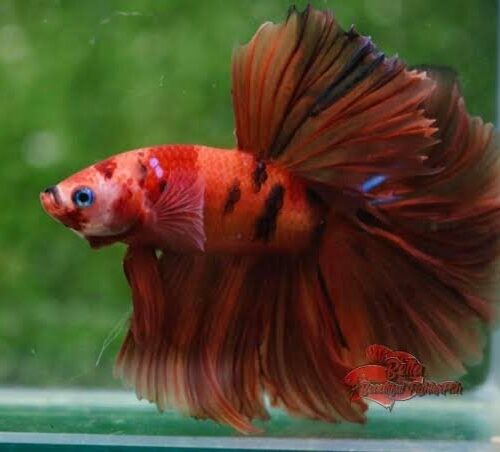
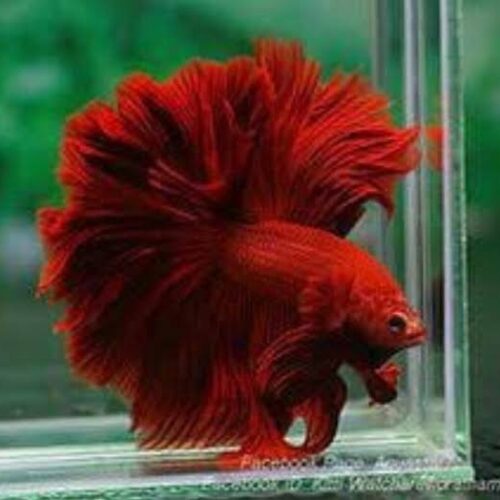
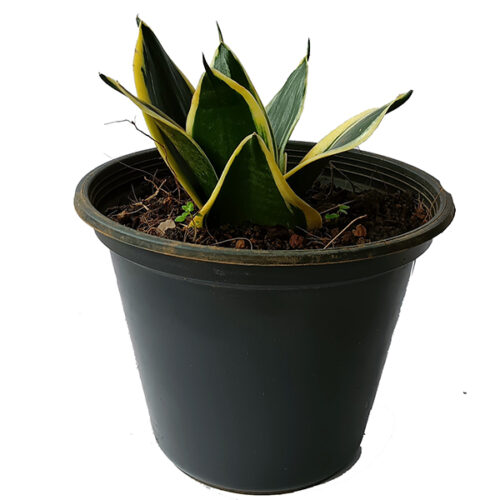

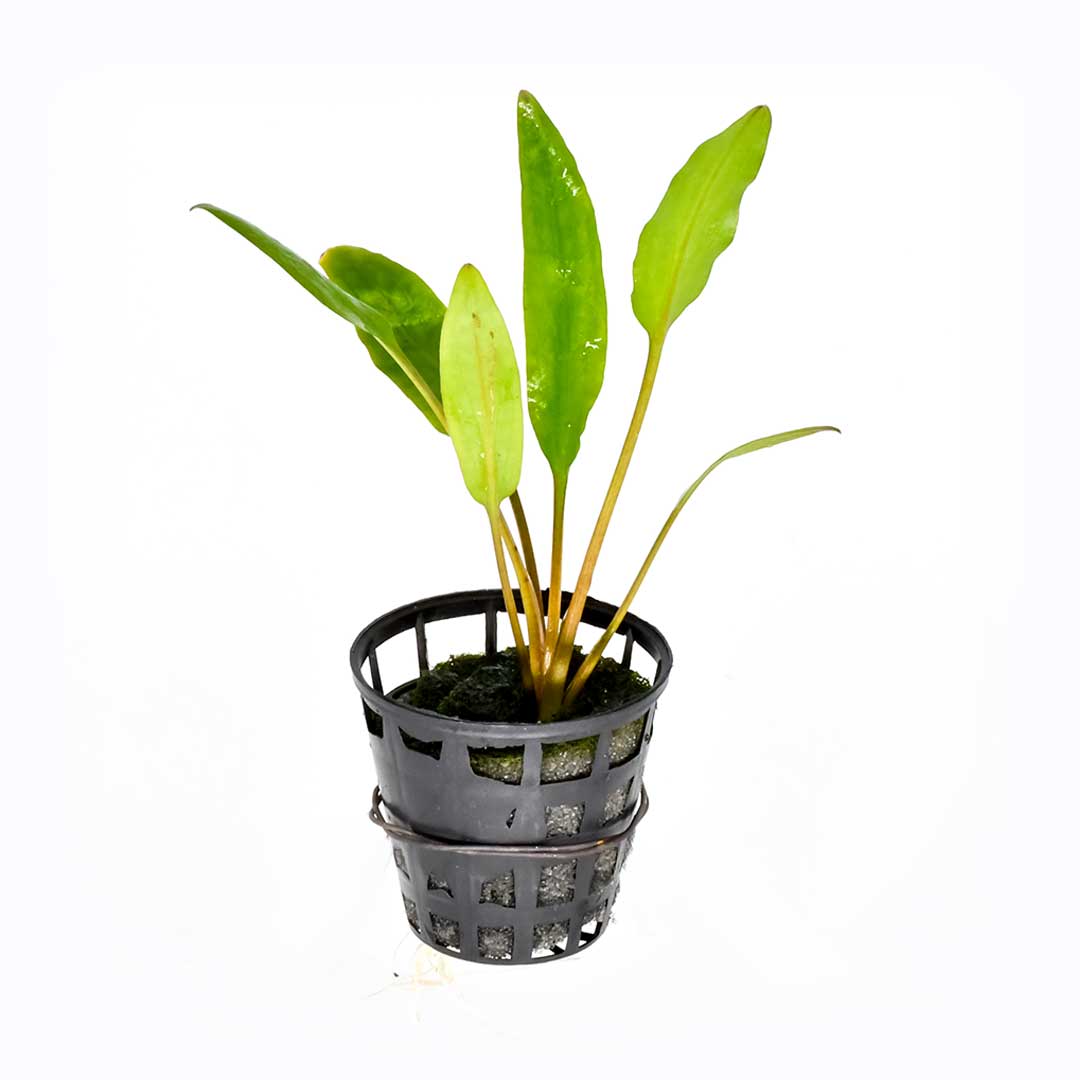

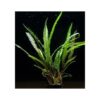
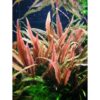

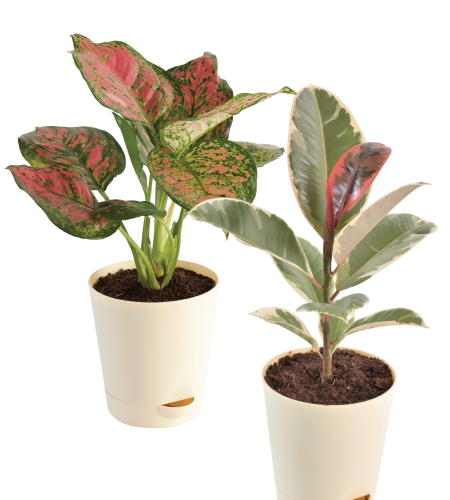


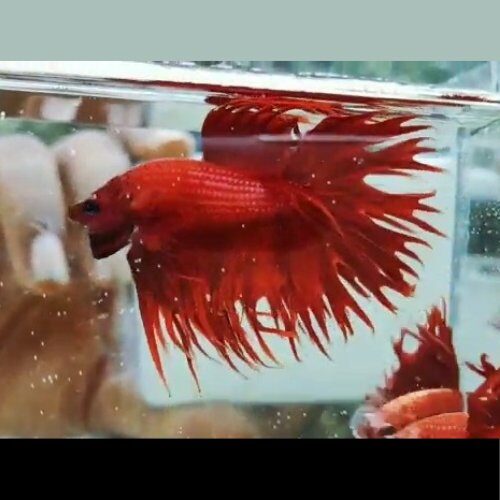
Reviews
There are no reviews yet.